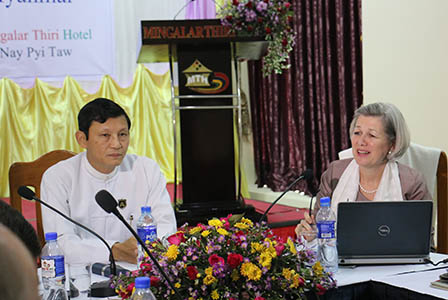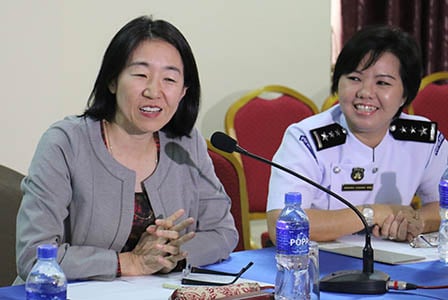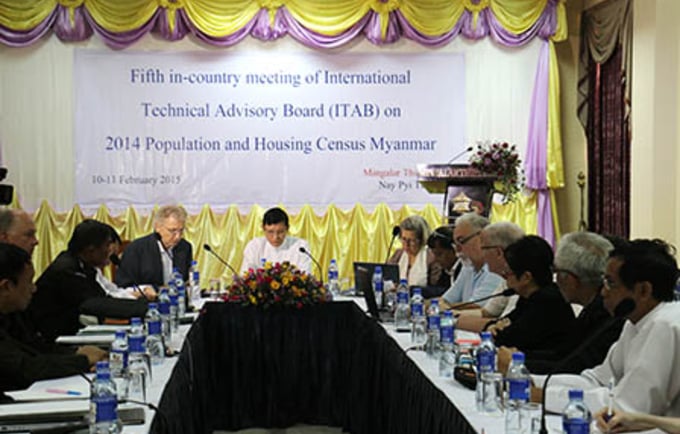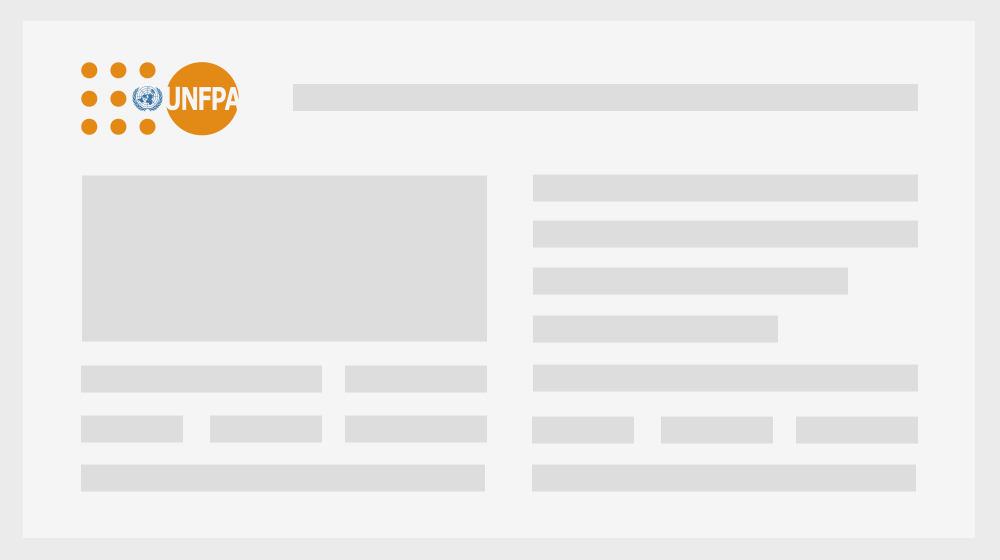On behalf of the International Technical Advisory Board (ITAB) for the 2014 Census of Myanmar, we would like to thank you all for attending this press briefing.
The ITAB was formed at the end of 2012 as a body which provides high level technical advice to ensure credibility of the Census and its compliance with international standards. During the two in-country meetings of 2014, ITAB had the opportunity to consider the preparatory work for the Census (in January 2014) as well as the data collection process and the preparation of the provisional results (in July 2014). ITAB concluded in July 2014 that the data collection of the March/April 2014 Census was largely successful.
The provisional results of the enumerated and non-enumerated population by sex and households were published in August 2014. The non-enumerated population was estimated at 2.4% of the 51.4 million population of Myanmar.
During the current in-country meeting of ITAB of February 10 and 11, 2015 (5thin-country meeting and 8th meeting overall), ITAB members had the opportunity to consider the status and the quality of data capture (scanning), data coding, editing and imputation. ITAB members reviewed the tabulation plans for the launch of the main Census results in May 2015 as well as the plans for thematic analysis, data dissemination and evaluation.
ITAB noted with satisfaction that data scanning and data editing for the main results planned for May 2015 were successfully concluded. The tables for the publication of the main results are now defined, reflecting views from user-producer consultations, and their production is well advanced. Analysis of the data processing suggests that there is consistency between main results and provisional results. This is a good indication of the completeness and quality of the fieldwork, of the scanning and editing process and more generally of the professionalism of the Census staff at all levels.

ITAB considers the scanning and editing process for the main results as complying to standards. ITAB had the opportunity to verify the quality and consistency of a small sample of the collected data as captured by the scanning. The completeness and accuracy of most of the collected variables appears as excellent to good.
ITAB notes with satisfaction that the planned release of the main results in May after approximately one year compares favourably with many other countries. The coding of the data on industry and occupation as well as ethnicity is ongoing, as planned.
With the release of the main results, access to and use of the results shall be handed back to the people and to their communities. To foster the use of data, ITAB welcomes the organisation of workshops with data users in different parts of the country, and the production of user-friendly, easily accessible information. The plans for tabulation of main results and thematic analysis have been designed to respond both to national needs and to international standards of comparability. The dissemination plan after the launch of the main results should continue to use diverse media and involve different stakeholders, beyond visualisation of main findings in flyers, fact sheets, online and other publicity outlets.

DOP should also develop a policy, and put in place tools, to continue to be responsive to requests by data users (e.g. national and regional/state and non-state administrations, NGOs/CSOs, international organisations, research institutions, private sector, etc…), including rules for protection against data disclosure and means to monitor these. This can include requests for tables or for microdata. Once the census database is consolidated, ITAB recommends to DoP to consider the release of a sample of microdata for public use.
ITAB notes with satisfaction that a master sample frame for surveys has already been created based on the census data and includes non-enumerated areas. The master sample frame is already being used to conduct the Myanmar Poverty and Living Conditions Survey (MPLC), the Demographic and Health Survey (DHS) and the Labour Force Survey. ITAB recommends that the drawing of the survey samples always respect the sampling frame and ensure the inclusion of the non-enumerated areas from the census.
ITAB welcomes an independent evaluation of the full Census project towards the end of its cycle. But this does not replace the internal efforts of documentation and self-evaluation of the Census process. The ITAB notes that this is ongoing, including the preparation of final reports on management, methodology and quality of the Census data.
ITAB stands ready to provide assistance through this process as well as in future stages of the census. The composition of ITAB has been expanded to further reflect the regional dimension and knowledge from neighbouring countries to contribute to the next phase of census dissemination.


